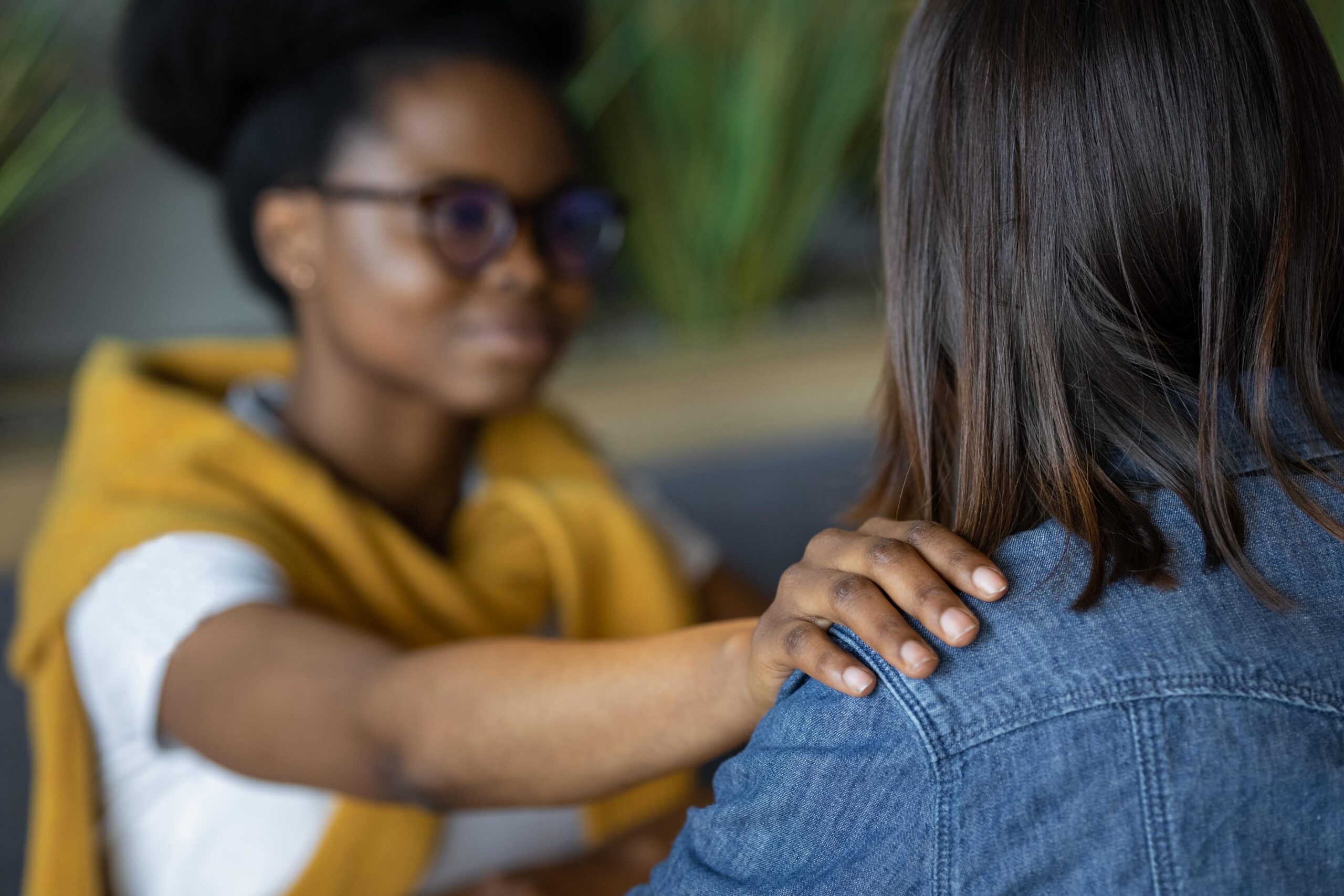What Activities Are Allowed and Not Allowed at a Treatment Facility?
When entering addiction treatment, it’s common to wonder about daily life and rules—especially what activities are allowed and not allowed at a treatment facility. At Essence Recovery Center, structure, safety, and healing go hand-in-hand. Understanding these boundaries helps clients feel prepared, supported, and focused on recovery from day one.
Why Treatment Centers Have Rules
Boundaries and guidelines are essential for maintaining a safe, respectful, and recovery-focused environment. These rules aren’t about punishment—they’re designed to protect your health, promote accountability, and eliminate distractions that could disrupt healing.
Activities Commonly Allowed in Treatment Facilities
At Essence Recovery Center, we provide a well-rounded schedule that nurtures mind, body, and spirit. Here are several activities you can typically expect to engage in:
Therapeutic Sessions

Daily schedules include individual counseling, group therapy, and family therapy. These sessions are designed to help you process emotions, build coping skills, and explore the root causes of addiction.
Physical and Recreational Activities

Exercise plays an important role in recovery. Clients can enjoy fitness programs, yoga, meditation, and sometimes even supervised recreational outings, depending on the program level.
Creative and Holistic Practices

Expressive outlets like art therapy, journaling, and music therapy are encouraged. These activities promote emotional release and help restore a sense of identity beyond addiction.
Educational Workshops

You’ll participate in classes that cover relapse prevention, life skills, nutrition, and more—giving you practical tools to succeed after treatment.
Activities Not Allowed in Treatment Facilities
To maintain a recovery-focused environment, there are clear rules about behaviors and items that are not permitted:
Substance Use and Contraband
No drugs, alcohol, or unauthorized medications are allowed. Most facilities also prohibit vapes, paraphernalia, or any items that can be misused.
Unauthorized Electronics or Communication
Phones, laptops, and internet access may be restricted or supervised to protect client privacy and reduce outside distractions, especially in early recovery.
Inappropriate Relationships
Boundaries are in place to prevent romantic or sexual relationships during treatment, as these can hinder personal growth and distract from healing.
Violent or Disruptive Behavior
Aggression, threats, or disrespectful conduct are not tolerated. Facilities aim to foster a supportive, trauma-informed space for everyone.
What Makes a Healthy Environment for Recovery?
By limiting risky or distracting activities and encouraging structured, purposeful routines, treatment centers create a setting where true transformation can occur. At Essence Recovery Center, we support each client with compassion, clarity, and consistency—making your environment a tool for healing, not a barrier.
Final Thoughts
Understanding what activities are allowed and not allowed at a treatment facility helps you enter treatment with confidence and clarity. At Essence Recovery Center, we design our programs to promote structure, safety, and personal empowerment—so you can focus on building a life free from addiction.

